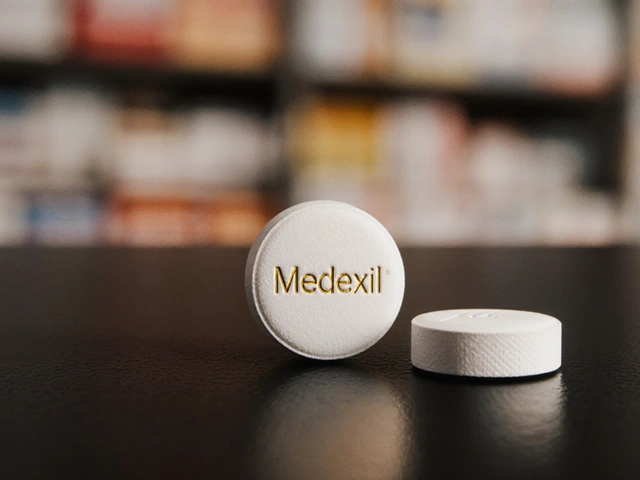Clinical Trials: What They Mean for Your Meds and Health
Clinical trials test new drugs, devices, or ways to use existing treatments on real people. They tell doctors whether a medicine works, how safe it is, and who benefits most. You'll see trial results in headlines, but the details matter. This page helps you read trial news, spot reliable studies, and understand what results mean for patients.
Trials follow clear steps called phases. Phase 1 checks safety and dosage in a small group. Phase 2 looks for early signs of effectiveness and side effects. Phase 3 compares the new treatment to standard care in many people. Phase 4 happens after approval to monitor long-term effects. Numbers matter: larger, well-randomized Phase 3 trials give the strongest evidence.
How to read a trial report
Start with who was enrolled. Age, health status, and other conditions shape results. Next, look at the control: was the new treatment compared to a placebo or an existing drug? Randomized, blinded trials reduce bias. Check the main outcome — is it survival, symptom relief, lab changes, or quality of life? A statistically significant result may still be clinically small. Ask: does the difference matter to real people?
Also watch for side effects and dropouts. High dropout rates or many serious side effects can negate benefits. Funding sources matter too. Industry-funded trials can be high quality, but check for transparent methods and independent analysis. A trusted result will report methods clearly and make data available when possible.
Can you join a clinical trial?
Interested people often ask how to participate. Clinical trials have strict criteria to protect participants and ensure clear results. You can find trials through registries like ClinicalTrials.gov, hospitals, or patient groups. Talk to your doctor before enrolling. Ask what standard care options you'd be giving up, what tests are required, and who covers costs. Safety monitoring and informed consent are mandatory parts of the process.
When reading our articles tagged 'clinical trials,' expect plain summaries, practical takeaways, and links to original studies when available. We'll point out study size, phase, and main outcomes so you can judge how much the news changes care today. For older or small trials, we'll note limits and what further research is needed.
Quick rules: favor large randomized Phase 3 trials, focus on real-world benefits not just p-values, check for clear safety data, and consult a clinician before changing treatment. Clinical trials move medicine forward, but single studies rarely change practice on their own. Use trial reports to ask better questions, not to make sudden decisions.
Expect timelines: trials take years, results first appear as preprints or in journals, then guidelines update. Preprints are useful but not final; peer-reviewed articles and guideline updates are stronger. Regulators like the FDA or EMA review total evidence before approval. Even after approval, doctors update practice slowly based on additional studies and real-world data. So one headline rarely changes standard care overnight. Ask your clinician how trial findings apply to you and stay curious.

Bempedoic Acid vs Atorvastatin: The New Era in Cholesterol Control?
Curious about bempedoic acid and its growing reputation in cholesterol management? This article unpacks how it works, digs into clinical trial results, and compares it head-to-head with atorvastatin. If you're exploring safe and effective options for lowering your cholesterol, you'll find plenty of actionable insight—plus, discover alternatives in therapy that might surprise you.
Read More




